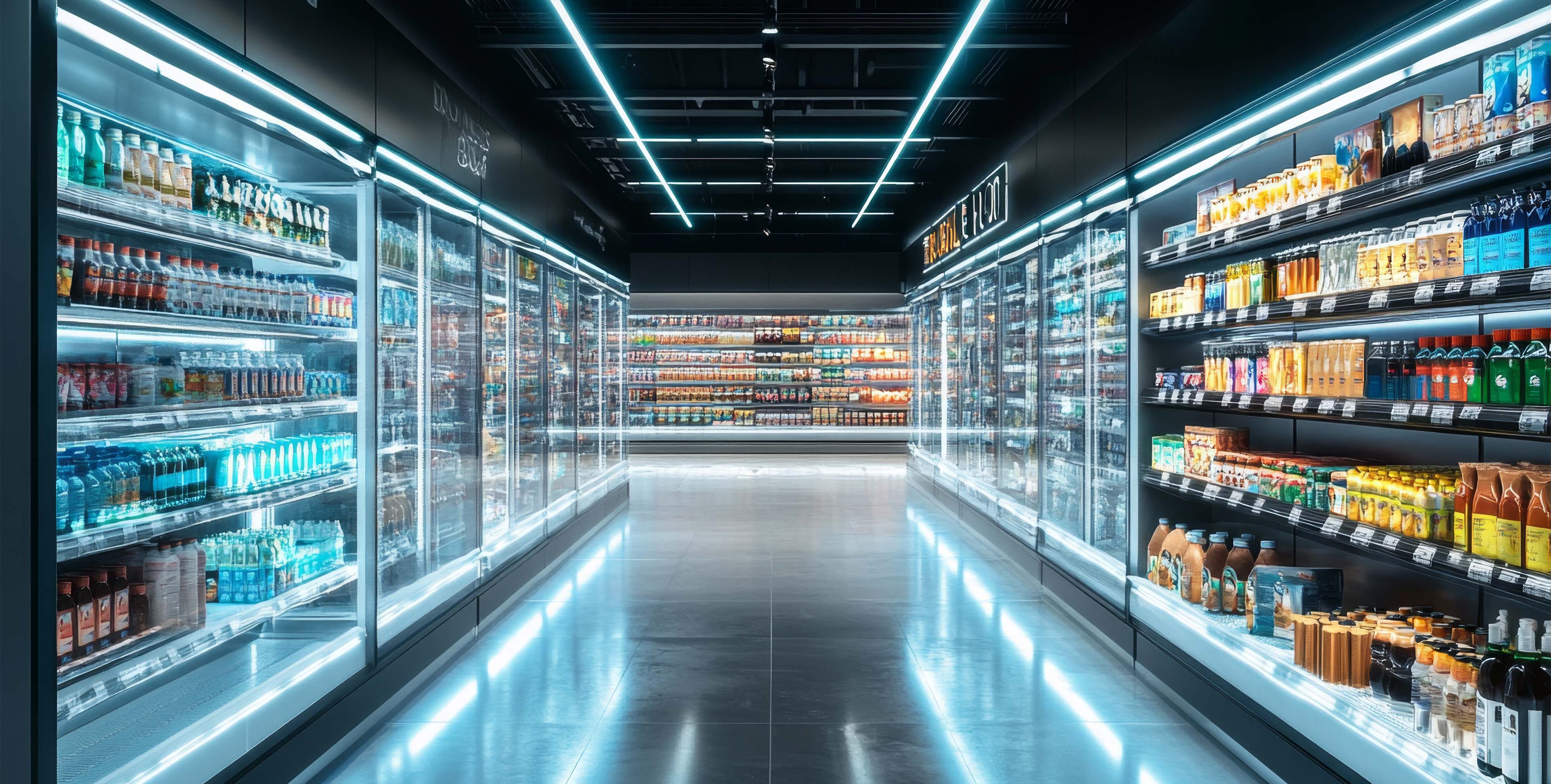When the world stopped to combat the spread of COVID-19, most small business owners and firms across the country saw an immediate impact. Many architecture projects were put on hold due to state-issued stay at home orders, stops issued for all non-essential construction, AHJ closings, or just uneasy clients weary of what the future may hold. However, this was not the case for all. Architects and Engineers working to support our nation's heroes on the front-line in retail grocery were likely faced with an increased workload and obligation to their clients as they continue to provide vital services to our communities.
At HFA, we are fortunate to work with grocery retailers who have heavily invested in new technologies to provide the customer with flexible options when shopping for groceries both within their brick and mortar stores and online. During the COVID-19 pandemic, U.S. families began using online grocery shopping more than ever before, and retailers that have the infrastructure in place to provide groceries safely and seamlessly to customers are the nation's lifeline. There are obvious reasons that customers have changed their shopping preferences to stay safe during the pandemic, but what will the future of grocery shopping look like post-COVID-19, and how can design professionals help?

There is no "one solution fits all" approach that will work for every client, location, or individual. So, design professionals must be highly engaged to aid business owners in adapting their new and existing buildings to meet the needs of future customers. Some factors that will become increasingly important in the design of future grocery stores will likely be items like:
• Maximized storage space for storing, staging and retrieval of online pickup and delivery orders
• Cohesive Omnichannel branding strategy and wayfinding signage for customers and associates
• Virtual shopping spaces for a seamless customer experience both online and in-store
• Upgraded sites with designated customer pick up areas and parking/loading spaces for delivery vehicles (In the not so distant future, driverless cars and drones may control the delivery space)
• Integration of automation to streamline repetitive tasks and improve the supply chain
• Flexible in-store checkout solutions for customers
The lines between work and life, online and offline, have been blurred more than ever during the global crisis of COVID-19, and these experiences will undoubtedly change our post-pandemic habits and behaviors. As Architects and Engineers, we have a civic duty to create a built environment that is safe and enhances human life. Although there are many uncertainties surrounding COVID-19, one thing is for sure, we are all in this together as design professionals, clients, customers, and friends. So, listen intently to the customer, be inquisitive, and keep an open mind because the solutions to tomorrow's design challenges may not exist today.
Contact Matt Turner today to learn more about we can help you!
Read previous articles in our Design Thinking series as we analyze how existing solutions can be used to create safe,comfortable, and convenient spaces in the post-Covid world.



.jpg)

.jpg)
.jpg)



